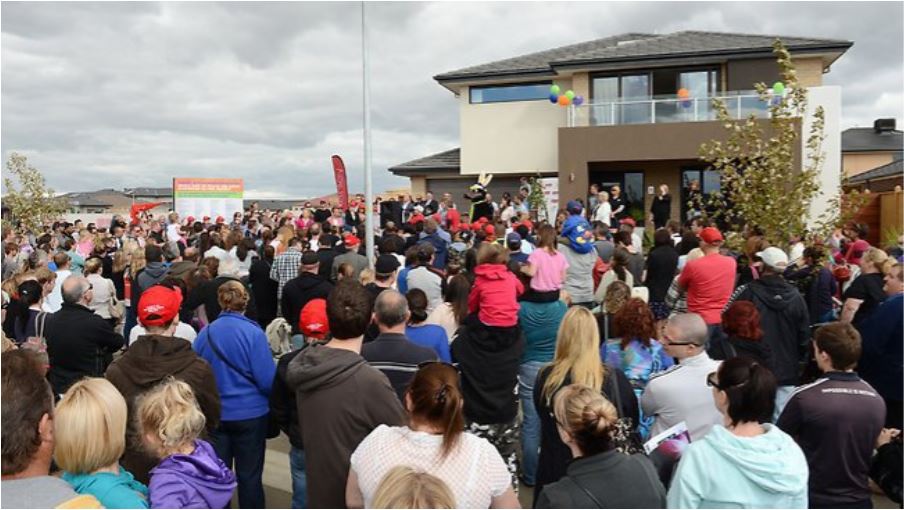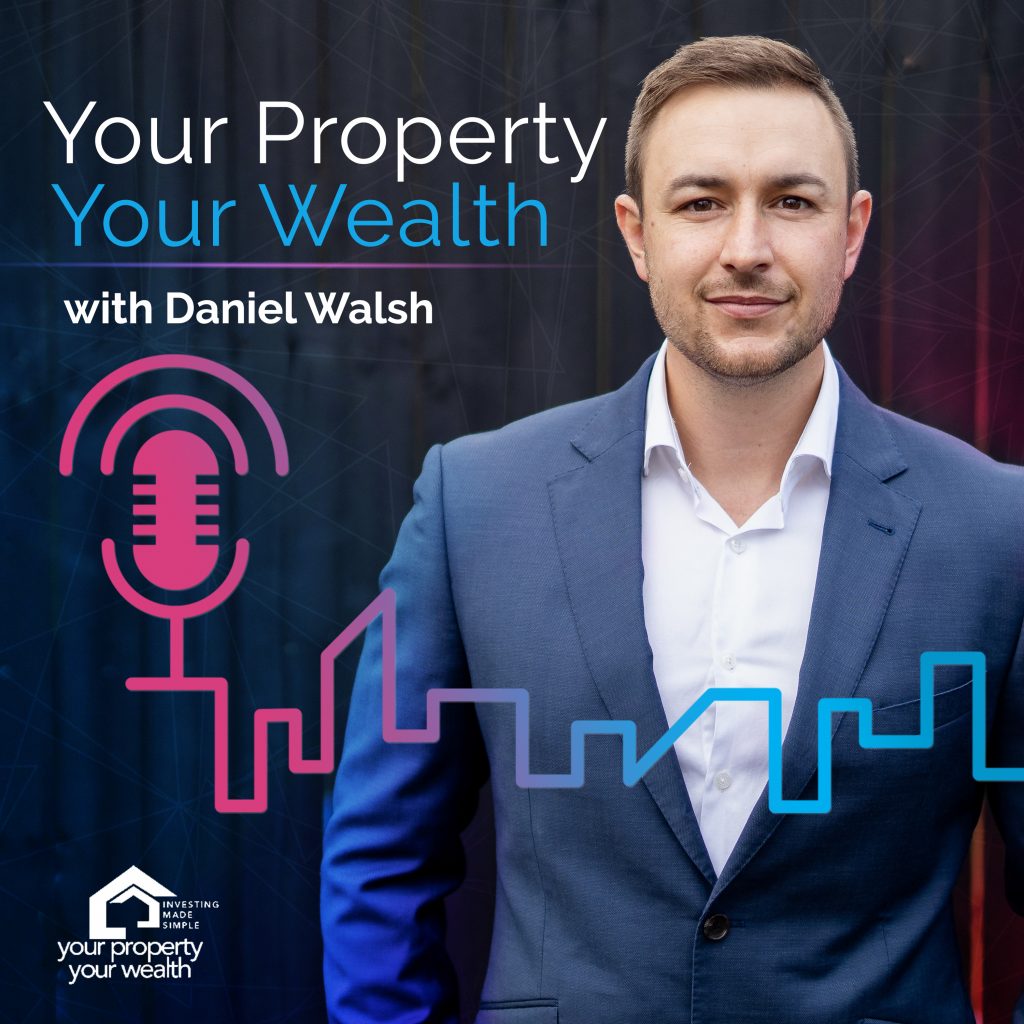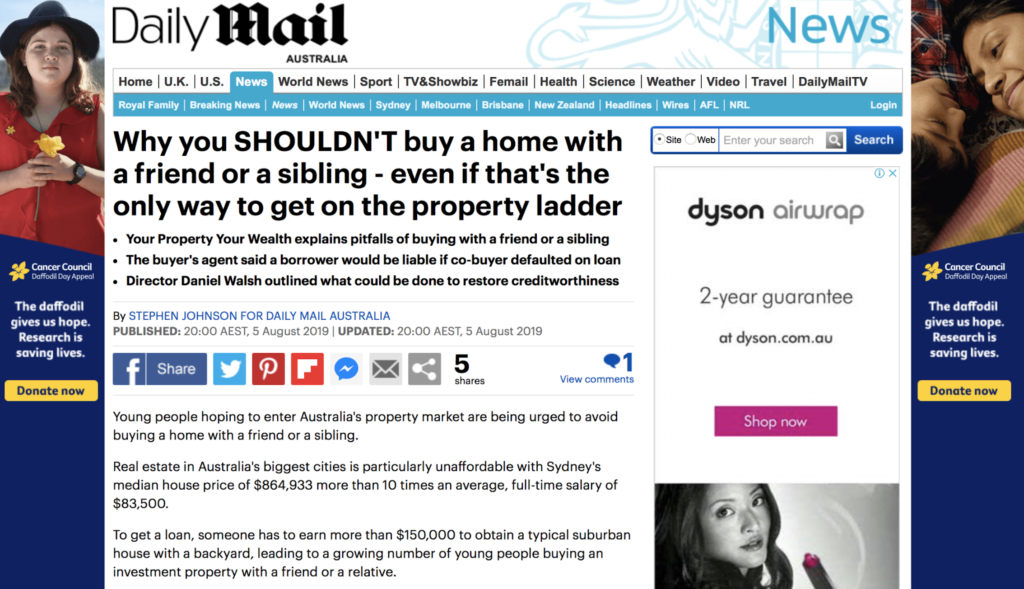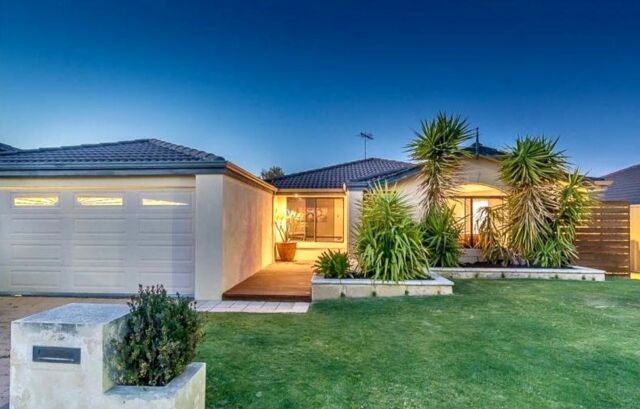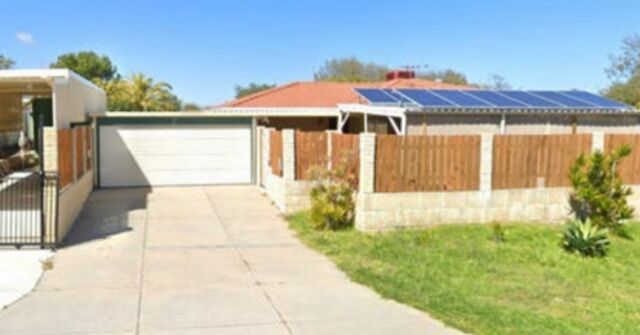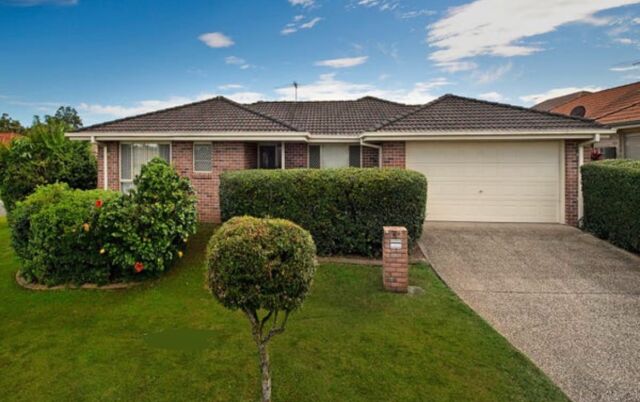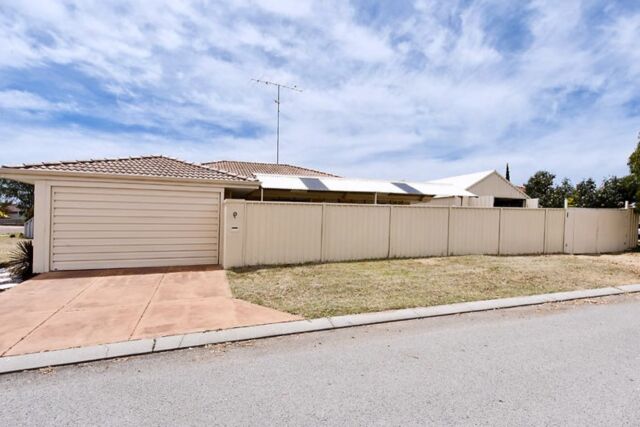The Brisbane property market has been identified as the capital city location with the best investment prospects according to new research.
About 44 per cent respondents in the 2019 PIPA Annual Investor Sentiment Survey indicated that Brisbane property market was their preferred metro location for investment for the next year.
The thing is savvy investors have been buying in the Sunshine State capital for a few years now.
Some of the reasons why include its affordability compared to Sydney and Melbourne, superior yields as well as a multibillion-dollar major infrastructure program.
It certainly appears that the Brisbane property market is primed for growth with strong interstate migration also one of the reasons why.
In fact, according to the Australian Bureau of Statistics, Queensland had a net interstate migration of nearly 25,000 people in the year ending June last year.
I wouldn’t be at all surprised if that figure was higher still when the next round of migration data is released next year.
Sustainable growth
The Brisbane property market has a history of sustainable growth – often stimulated by strong interstate migration.
Over the past decade, house prices have increased but not in a dramatic way like in southern capitals.
Today, Greater Brisbane’s median house price is about $525,000 – far more affordable than Sydney or Melbourne and with plenty of gas left in the tank in my opinion.
If we look back 10 years, the Brisbane market had just finished a period of price growth courtesy of the state’s strong resources sector.
However, with the onset of the GFC, its market performance was mostly benign for the second decade of the 21st Century.
Since that time, its economy has improved significantly, and the State Government has moved forward with a game-changing major infrastructure program that has created jobs as well as positivity.
In fact, more than $17 billion worth of infrastructure is expected to be delivered in Brisbane by 2026.
Affordability equation
While a decade ago Brisbane was also more affordable than Sydney and Melbourne, the difference today is interest rates.
In 2009, for example, the Reserve Bank started the year dropping the cash rate and finished it by increasing it to 3.75 per cent.
On average, variable interest rates were probably around the seven per cent mark at the time.
So, if you bought a $500,000 house with a 20 per cent deposit in Greater Brisbane in 2009, you would likely have been paying about $2,300 per month in interest.
Today, though, if you did the same, your monthly interest bill would be around $1,000!
Brisbane has always had solid yields given its sound rental market.
Back in 2009, even though that interest repayment component seems high today, most investors managed to make ends meet but they probably didn’t have much cash flow left over each month.
Today, with the median rent for a three-bedroom house in Brisbane about $450, there would be plenty of cash still available after meeting interest-only repayment commitments each month.
On top of that, there is scope for a price upswing over the medium-term because of all of the elements I’ve listed above.
Many investors, including myself, were quietly buying in Greater Brisbane while Sydney and Melbourne were over-cooking.
And we’ll keep doing the same because I believe the Sunshine State capital is poised for its moment in the property sun sooner rather than later.



